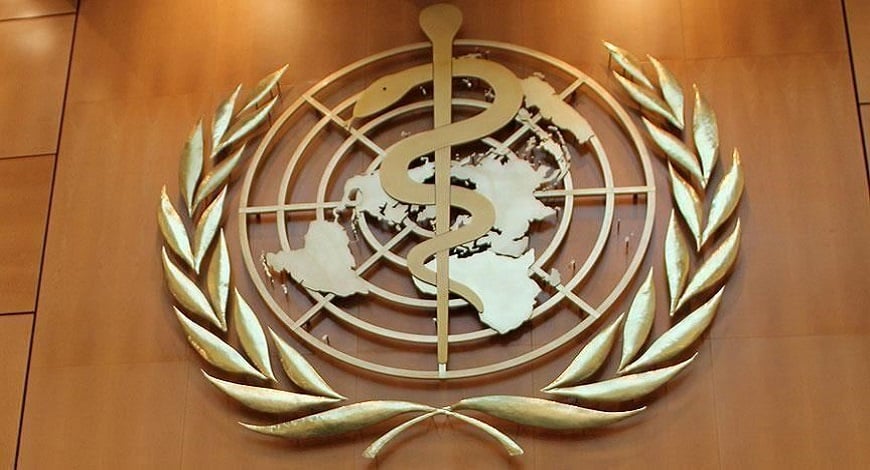Our cultural festivals strengthen the roots of our traditions and heritage. Then why can’t our ways of celebrating them fortify our relationship with mother nature? A similar change was seen today when many Indians across the globe chose to celebrate Raksha Bandhan with green rakhis. We aren’t talking about the hue, but rakhis that grow into plants and add to the green cover. Wondering how? Read on!
Raksha Bandhan, a Hindu festival, revolves around a sacred thread, which a sister ties on her brother’s wrist. It is a symbol of a promise by a brother to protect her sister. Over the years, like many other festive products, rakhis got fancier by including stones, glitters, plastic, chemical colors and other harmful materials. Post celebration, most of these rakhis add to the solid waste soiling the landfills. It is estimated that every year about 60 crore Indians celebrate Raksha Bandhan. It leads to around 620 million rakhis getting dumped as waste that never decomposes and produces closely 1.18billion tons of CO2.
On the brighter side, this one has a sustainable solution.
Seed Rakhi pioneered the change in India. As the name suggests, it introduced rakhis containing seeds and made with eco-friendly raw materials. When sown, these rakhis grow into plants. The organization has won several accolades for its green innovation. Nitin Jain, Inventor, Seed Rakhi and CEO, Indibni Group, in an exclusive interview with Wiyld, spoke in length about sustainable rakhis.
How did the idea of seed rakhi germinate?
Hailing from a joint family, every year, Raksha Bandhan means a wrist full of rakhis. While the pure thread ones are wearable for a longer time, the fancier ones are irritant to the skin ending up in the bins. It was a personal pain point. I thought, why not transform this bond between siblings into something which literally grows. It would also reduce our carbon footprints.
What is the core thought behind it?
It is all about reducing the non-organic products we are consuming as a part of a celebration.
We are not here to make profits. Whatever we earn goes back to the development of the community. We start with the cultivation of organic cotton. Weave the same and dye them with organic colors. Even the packaging is entirely sustainable.
How do you select the seeds for these rakhis?
After thorough research, seeds are selected which can grow in almost any environment and climatic condition. A few preferred seeds are amaltas, sunflower, papaya, rice or basil. These rakhis (seeds) have a shelf life of three months.
How to treat the seed rakhis post use?
They are handcrafted and made from naturally dyed cotton, and a plant seed is fabricated on them. It comes with a kit containing coir planter and manure, helping the user to plant it. Otherwise, the rakhis can be sown anywhere.
Can anyone make seed rakhis at home? Your take on knowledge sharing?
We have been running camps, workshops and videos tutorials to teach people how to make seed rakhis. We are actively associated with schools and have conducted several offline and online workshops.
So, the idea isn’t merely about buying our rakhi but creating your own green rakhi. If the right message about any festive celebration is conveyed to the kids, it makes an entire generation of environment enthusiasts. They become the flag bearers of a sustainable world.
How has been the global response?
A lot of penetration from the Indian diaspora has been taking place. However, there is a shipping cost involved when it needs to reach overseas. Meanwhile, there are also many orders from different parts of the world asking for delivering our seed rakhis within India.
Are you offering anything new this year?
We have created DIY kits. The main focus is on creating something healthier for your sibling and mother nature. The greater purpose behind it is to turn it into a way of life. Our campaign #Beejbotehai2021 sensitises people to switch to sustainable products as a habit.









